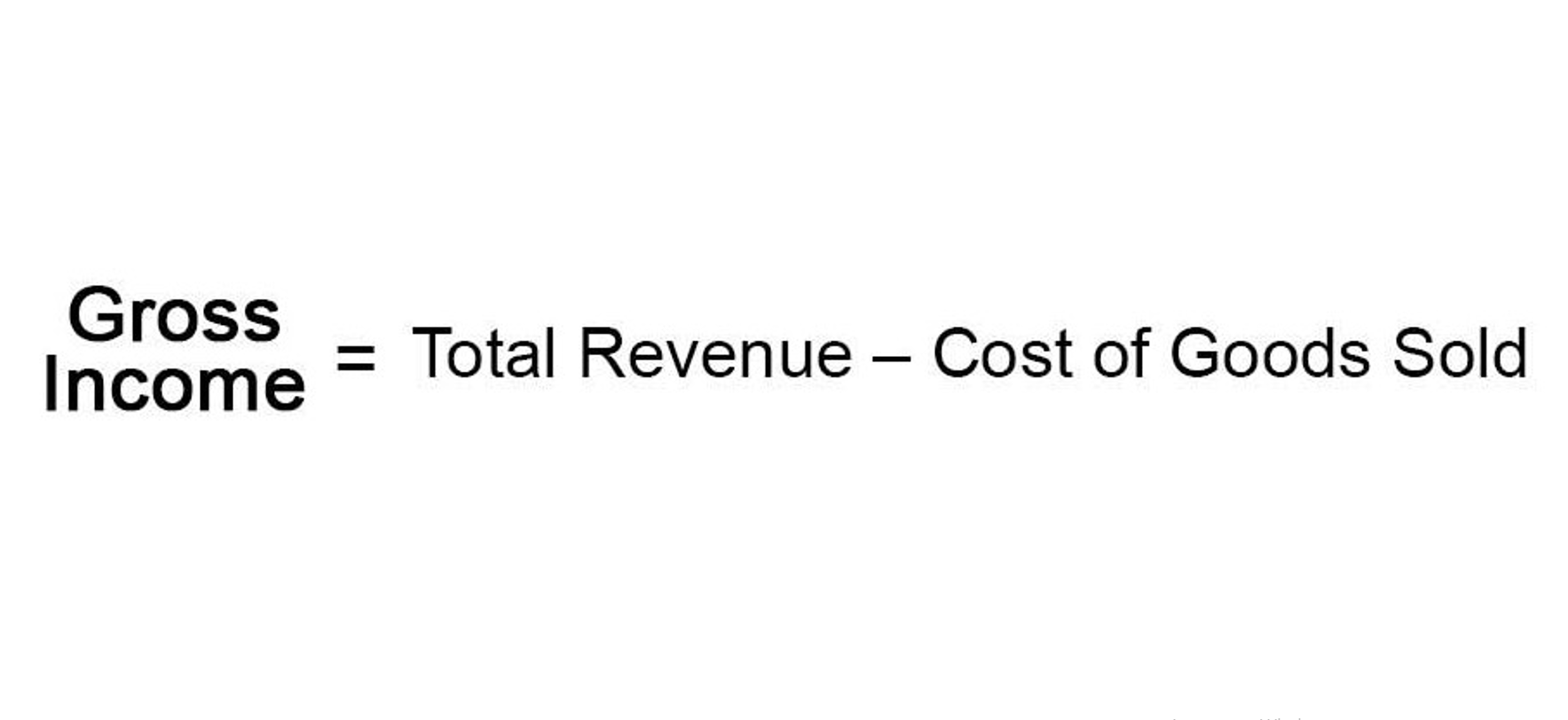
The debit entries entered on the left side of the T account should always balance with the right side, or credit side of the account. We at Deskera have spent over 10 years working with small business owners from across 100+ countries, to build accounting software that suits any type of business. Before diving into why T accounts are used in accounting, let’s kick things off with some basic accounting definitions you’ll need to income statement knw to properly understand how T accounts work. The future of finance might be digital, but T accounts will always hold a special place. They’re a timeless tool that can simplify even the most complex financial situations.
Normal Account Balances

They’re like little filing cabinets for your t accounts financial information, with a fancy T-shape that helps visualize debits and credits. The left side is the debit side, and the right side is the credit side. But what goes where can depend on the type of account you’re dealing with.
How Are T Accounts Used in Accounting?
- Larger grocery chains might have multiple deliveries a week, and multiple entries for purchases from a variety of vendors on their accounts payable weekly.
- Generally, you must keep these records for five years from the due date of the FBAR.
- The cost of inventory should include all costs necessary to acquire the items and to get them ready for sale.
- Let’s check out some practical examples to put all of these accounting principles and T account rules into action.
- Consequently, businesses employing accrual accounting methods may find T-accounts insufficient for accurately reflecting their financial position and performance.
Revenues are the assets earned by a company’s operations and business activities. In other words, revenues include the cash or receivables received by a company for the sale of its goods or services. T Accounts allows businesses that use double entry to distinguish easily between those debits and credits. The asset Equipment increases by $2,500 and is recorded as a debit. The liability Accounts Payable also increases by $2,500 and https://www.bookstime.com/ gets credited for the amount, since increases in liability result in a credit entry. First, these debit and credit entries are posted into the journal, as a journal entry.
- Every journal entry is posted to its respective T Account, on the correct side, by the correct amount.
- Then, the two involved accounts are your cash account and your revenue account.
- A current asset whose ending balance should report the cost of a merchandiser’s products awaiting to be sold.
- Likewise, accounts with a credit balance, like liabilities, will always increase when another credit is added to the account.
- Whenever cash is received, the asset account Cash is debited and another account will need to be credited.
Revenues and Gains Are Usually Credited
In accrual accounting, when a sales transaction takes place, it is reported as revenue. A current asset account that reports the amount of future rent expense that was paid in advance of the rental period. The amount reported on the balance sheet is the amount that has not yet been used or expired as of the balance sheet date. Since cash was paid out, the asset account Cash is credited and another account needs to be debited. Because the rent payment will be used up in the current period (the month of June) it is considered to be an expense, and Rent Expense is debited.

Checking to make sure the final balance figure is correct; one can review the figures in the debit and credit columns. In the debit column for this cash account, we see that the total is $32,300 (20,000 + 4,000 + 2,800 + 5,500). The difference between the debit and credit totals is $24,800 (32,300 – 7,500). Having a debit balance in the Cash account is the normal balance for that account. On January 3, there was a debit balance of $20,000 in the Cash account. Since both are on the debit side, they will be added together to get a balance on $24,000 (as is seen in the balance column on the January 9 row).
Using T Accounts for Transactions: A Step-by-Step Guide

The accounts have the letter T format and are thus referred to as the T accounts. In the T- Accounts, the debit side always lies on the left side of the T outline, and the credit side always lies on the right side of the T outline. The matching principle in accrual accounting states that all expenses must match with revenues generated during the period. The T-account guides accountants on what to enter in a ledger to get an adjusting balance so that revenues equal expenses. In double-entry bookkeeping, a widespread accounting method, all financial transactions are considered to affect at least two of a company’s accounts.
Liabilities
So, keep this guide handy, and refer back whenever you need a financial refresh. Gone are the days of meticulously drawing T accounts on paper. Now, interactive accounting software allows you to create and manipulate T accounts on screen. Moreover, as reporting requirements evolve, businesses may encounter challenges adapting T-accounts to comply with new standards or regulations. However, T-accounts lack seamless integration with these technological advancements, constraining their utility in a digital age.
- Recall that the general ledger is a record of each account and its balance.
- This sum is typically displayed at the bottom of the corresponding side of the account.
- Whether the account produced taxable income has no effect on whether the account is a foreign financial account for FBAR purposes.
- You’re a budding entrepreneur who just launched your dog walking service.
- The revenue account is an equity account with a credit balance.
- Business revenue can be calculated as the average sales price multiplied by the number of units sold.
When you’re ready to use T-accounts, you can use them separately, in order to view journal entry details, or you can enter the transaction directly into your journal. On the flip side, when you pay a bill, your cash account is credited because the balance has been reduced since you recently paid a bill. It’s impossible to provide a complete collection of examples that addresses every financial transaction with the corresponding T account. That’s why we’ve only gathered some of the most frequent financial activities businesses deal with in their day-to-day operating cycle. After assessing what debit and credit entry applies to each specific account, T accounts can be created.

Aún no hay comentarios, ¡añada su voz abajo!